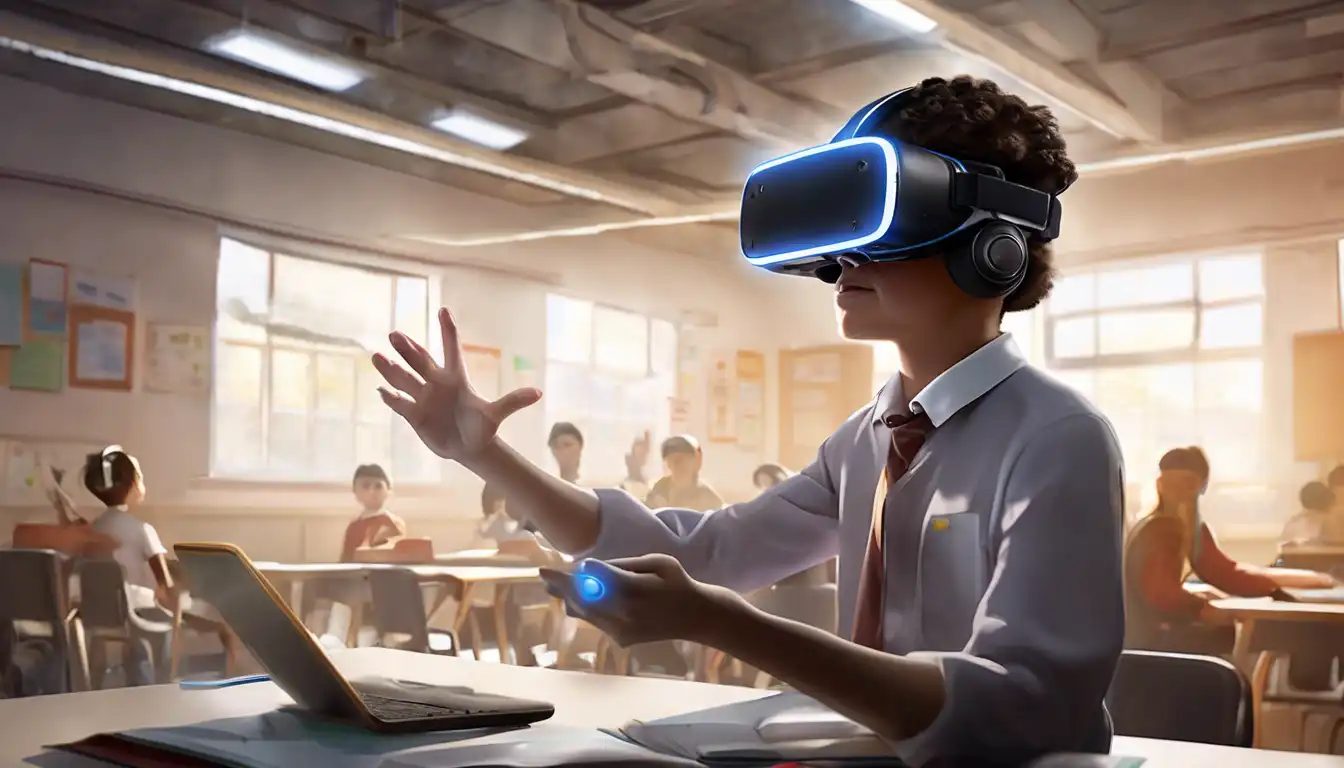The Transformative Power of VR in Learning
Virtual Reality (VR) technology is rapidly transforming the educational and training landscapes, offering immersive experiences that were once the stuff of science fiction. By simulating real-world environments, VR provides learners with hands-on experience without the associated risks or costs. This article explores the potential of VR in education and training, highlighting its benefits, applications, and future prospects.
Benefits of VR in Education and Training
VR offers unparalleled advantages in learning environments. It engages students in a way traditional methods cannot, fostering deeper understanding and retention. Here are some key benefits:
- Enhanced Engagement: VR's immersive nature captures learners' attention, making education more interactive and enjoyable.
- Safe Learning Environment: From medical procedures to hazardous job training, VR allows for mistake-free learning.
- Accessibility: VR can bring distant or inaccessible locations into the classroom, broadening learners' horizons.
- Customizable Learning Experiences: Educators can tailor VR content to meet individual learning styles and needs.
Applications of VR in Various Fields
The versatility of VR technology means it can be applied across a wide range of disciplines. Below are some notable examples:
- Medical Education: Medical students can practice surgeries in a risk-free virtual environment, enhancing their skills before operating on real patients.
- Military Training: VR simulations prepare soldiers for combat situations without the dangers of live training exercises.
- Corporate Training: Companies use VR to train employees in soft skills, technical tasks, and safety protocols.
- Historical Education: Students can virtually visit historical sites and events, making history lessons more vivid and memorable.
Challenges and Future Directions
Despite its potential, VR in education and training faces challenges such as high costs, technical limitations, and the need for specialized content. However, as technology advances and becomes more affordable, these barriers are expected to diminish. The future of VR in education and training looks promising, with developments like augmented reality (AR) and mixed reality (MR) further expanding its possibilities.
For those interested in exploring more about innovative educational technologies, check out our article on The Impact of AR in Education.
Conclusion
VR technology holds the key to revolutionizing education and training by providing immersive, interactive, and personalized learning experiences. As we overcome current limitations, VR's role in shaping the future of learning is undeniable. Embracing this technology today will prepare learners for the challenges of tomorrow.
